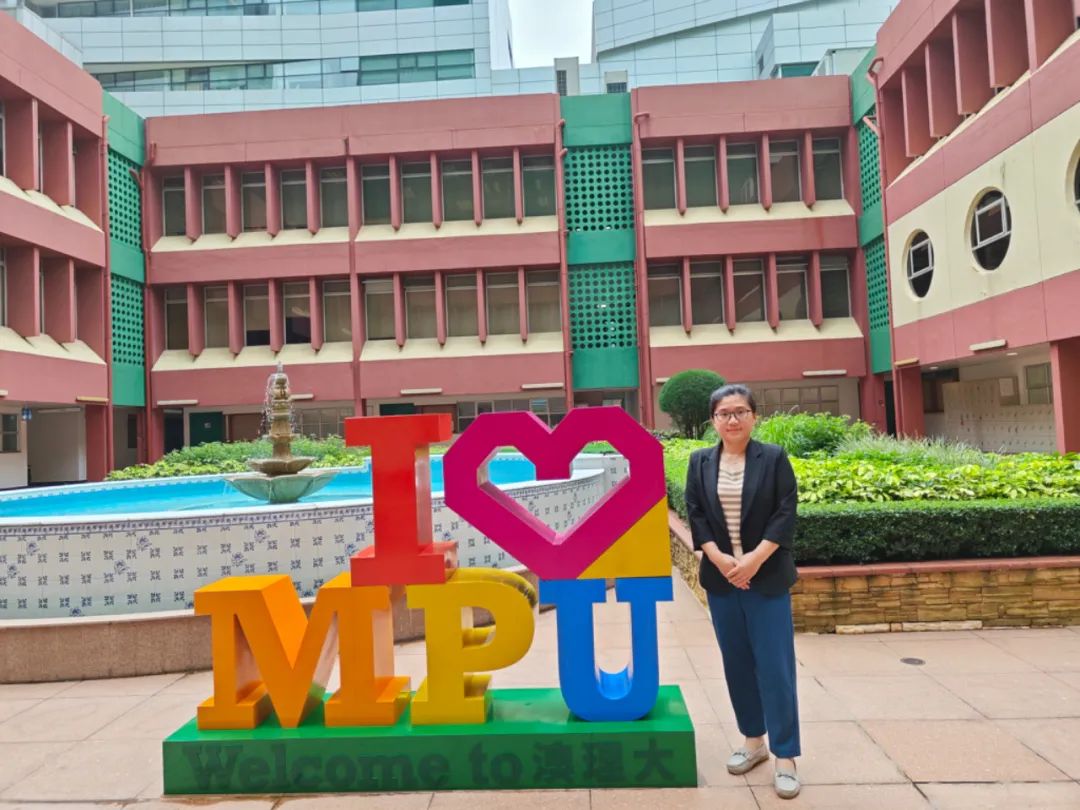"Informed AI News" is an AI-curated publications aggregation platform, ensuring you access only the most valuable information, with the aim of eliminating the information gap and transcending the confines of information cocoons. Find out more >>
AI Model MSSC-BiMamba Enhances Sleep Disorder Diagnosis Efficiency
- summary
- score

A team led by Professor Guo Jingjing at Macau Polytechnic University has developed MSSC-BiMamba, an AI model adept at analyzing polysomnography (PSG) data. PSG, the gold standard for sleep monitoring, involves recording brain waves, eye movements, and heart rate to assess sleep stages and disorders.
Model Breakdown
MSSC-BiMamba combines efficient channel attention mechanisms with a bidirectional state space model, aptly named BiMamba. This integration captures complex, long-range dependencies in PSG data, crucial for accurate sleep staging and disorder detection.
Impact and Applications
The model's lightweight design, with just 0.47M parameters, enables swift analysis, suitable for deployment across various platforms. Its potential uses include:
- Clinical Aid: Reducing manual PSG analysis workload, enhancing diagnostic speed and accuracy.
- Remote Healthcare: Enabling at-home sleep monitoring, with data analyzed remotely by physicians.
- Personalized Sleep Improvement: Offering tailored advice based on sleep data analysis.
- Research and Drug Development: Automating large-scale sleep data analysis, aiding in the evaluation of sleep impacts from new medications.
Future Directions
The team plans to enhance the model's generalizability and efficiency across diverse datasets, refine diagnostic criteria for various sleep disorders, and develop an interactive online platform for personalized sleep analysis.
Insight
This advancement not only streamlines sleep disorder diagnosis but also democratizes access to sophisticated sleep analysis, potentially improving public health by addressing a widespread yet often overlooked aspect of well-being.
| Scores | Value | Explanation |
|---|---|---|
| Objectivity | 5 | Content provides a balanced overview of the AI model's capabilities and potential applications. |
| Social Impact | 4 | The model could significantly influence public health by improving sleep disorder diagnosis. |
| Credibility | 5 | Content is credible, based on research and development by a university team. |
| Potential | 5 | High potential to trigger significant improvements in healthcare and public health. |
| Practicality | 5 | Model is practical and can be directly applied in clinical and research settings. |
| Entertainment Value | 2 | Content is informative but lacks direct entertainment value. |